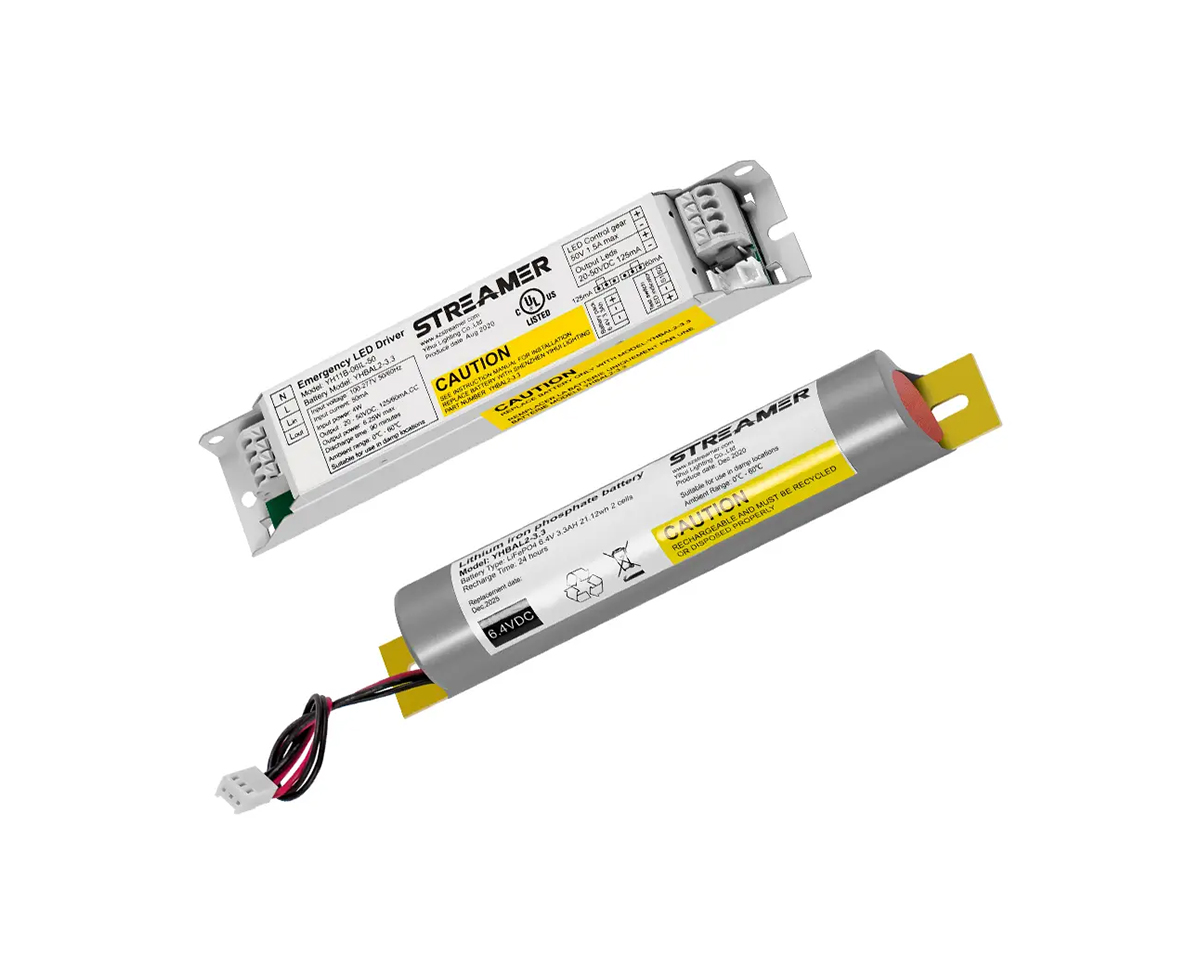 1
1
 Mar 03, 2025
Mar 03, 2025

Streamer BBU plays a pivotal role in G (Generations of mobile networks, such as 4G and 5G) networks, enabling efficient and high - quality wireless communication.
4G Network Applications
In 4G networks, the Streamer BBU is responsible for handling the baseband processing of signals. It demodulates the received radio frequency signals from mobile devices and converts them into digital data that can be processed by the core network. For example, in a 4G LTE (Long - Term Evolution) network, the BBU manages the complex orthogonal frequency - division multiplexing (OFDM) modulation scheme. This allows for efficient use of the available spectrum, enabling high - speed data transfer for applications like high - definition video streaming and online gaming. The BBU also coordinates with the radio units (RRUs) to ensure proper signal coverage. It adjusts the transmit power and beamforming settings to optimize the signal strength for mobile users within the cell. In a crowded urban environment, the Streamer BBU can dynamically allocate resources to different users based on their traffic demands, ensuring fair and efficient use of the network.
5G Network Applications
With the advent of 5G networks, the role of the Streamer BBU becomes even more critical. 5G networks require ultra - high - speed data transfer, low latency, and massive machine - type communication capabilities. The Streamer BBU in 5G networks supports new technologies such as millimeter - wave frequencies and massive multiple - input multiple - output (MIMO). In millimeter - wave 5G deployments, the BBU processes the high - frequency signals, which have shorter wavelengths and higher data - carrying capacity. It works in tandem with the RRUs to manage the beamforming techniques required to overcome the limited range and penetration of millimeter - wave signals. For massive MIMO, the BBU is responsible for processing data from multiple antennas simultaneously, enabling the network to serve a large number of users with high - quality connections. This is crucial for applications like autonomous driving, where real - time and reliable communication between vehicles and the network is essential.